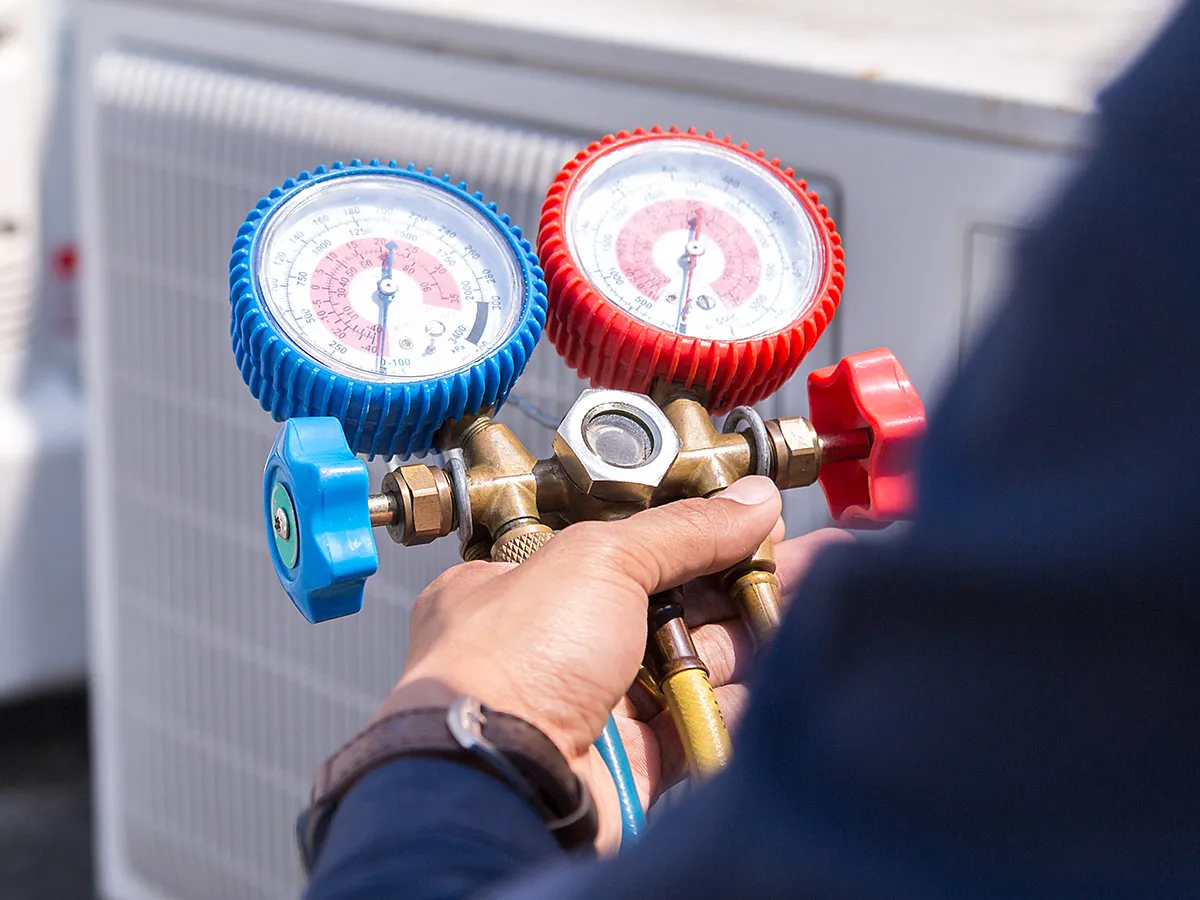
Commercial HVAC energy efficiency optimization
The APR Control is a vital component to achieve complete building HVAC optimization!
Optimization
The concept of Optimization has become prevalent in the HVAC industry. It is an agreed upon term that refers to controlling the HVAC systems to provide the necessary amount of cooling to maintain building comfort demands at energy efficient levels to utilize the least amount of power consumption.
With HVAC energy consumption accounting for more than 40% of a commercial building’s total energy use, it’s no wonder that facility owners and managers are reading up on ways to optimize their HVAC systems’ energy efficiency.
To optimize an air conditioning system, you must be able to manipulate the airflow as well as the discharge air temperature to meet the building demands. The APR Control’s ability to provide continuous capacity modulation allows for the reduction of airflow and keeps the discharge air temperature at a constant to improve overall system performance.
The lower cost and immediate payback on energy savings for updating existing equipment is more attractive to building owners than the cost of replacing entire systems.
Why Optimize DX Air Conditioning Systems with the APR Control?
Building owners, specifying engineers and commercial contractors may know that the primary benefits are for energy savings. They are also wondering how to get the benefits to work for their projects with both new and existing in-place equipment.
Additional Benefits of using the APR Control for HVAC Optimization include:
- Greater space comfort from better control and temperature stability
- Improved humidity control resulting from extended operation (run-time and reduced cycling)
- Maximizing air conditioning energy savings, especially on existing equipment
- Reduced equipment fatigue, longer equipment lifecycle
- Ease of commissioning and balancing new & existing air conditioning systems
Larger HVAC Systems are often prioritized to be “optimized” for buildings with complex applications, and considerable gains are achieved as a result, but that is not the only opportunity for optimization! Larger, more complex systems can benefit from the APR Control, which simplifies the performance of complex control systems, providing far greater comfort for the occupants by offering the ability to fine-tune your space’s humidity and temperature. In conjunction with variable fan speeds (VFD) for Variable Air Volume (VAV) systems and other (downstream) airside controls, the APR Control is an essential part of an air conditioning system’s performance and energy efficiency improvements! As building automation systems get less expensive, it is easier to justify optimizing even small to medium size commercial buildings to capture better ROI.
Even at higher room temperature setpoints, humidity control and temperature stability are vital to comfort. Often referred to as the comfort index, this is a relatively objective method to truly measure performance and comfort. A 72° room at 70% rh is less comfortable than a 78° room at 45% rh. The energy savings realized from that difference in temperature is considerable.
As a result of an abundance of existing/in-place air conditioning systems being candidates for optimization; retro-commissioning with the use of the APR Control might be most appropriate.
APR Control enables the air conditioning systems to respond more deliberately to changing load conditions, providing the necessary cooling capacity in response to the need of the space and occupants, Optimizing Energy Use specifically in existing air conditioning systems!
This is another way the APR Control improves performance!






